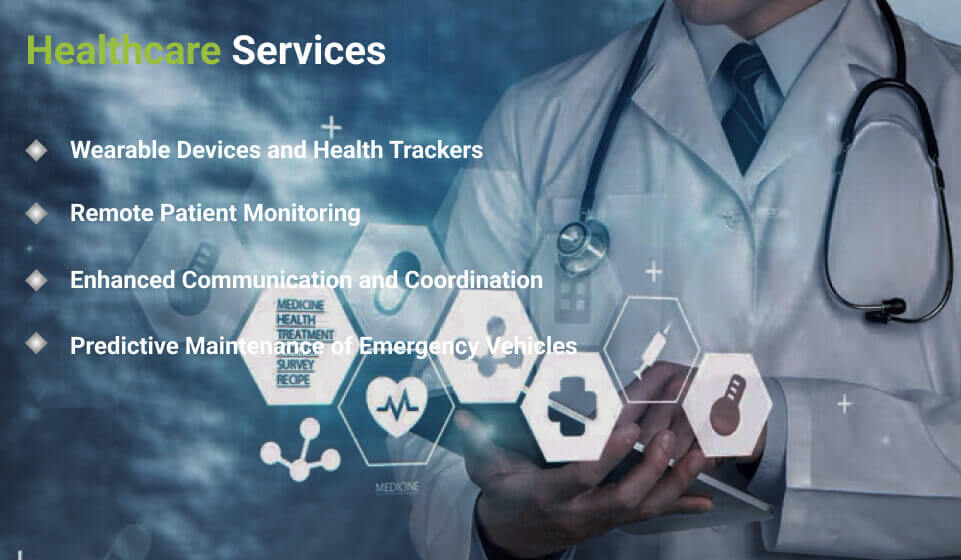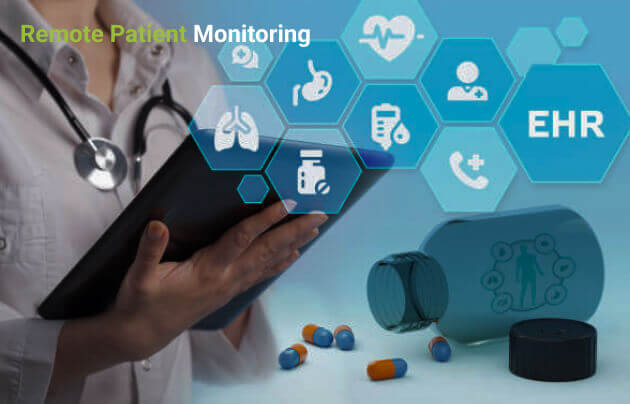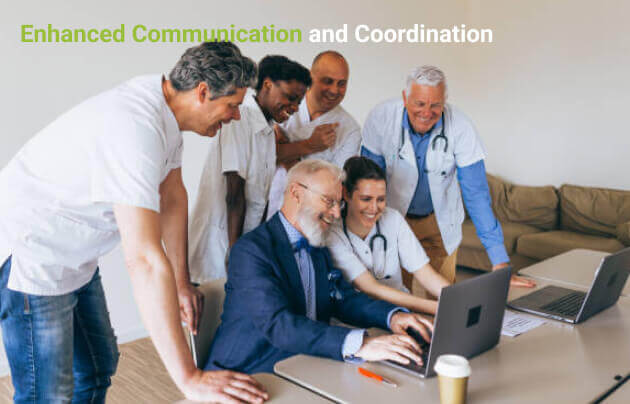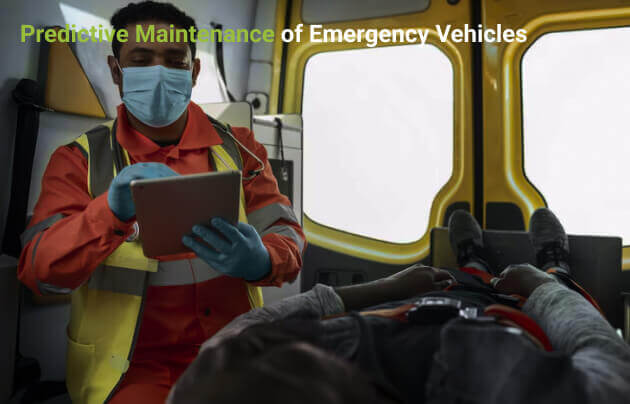


Real-Time Alerting & Incident Detection
Live GPS Tracking & Navigation
Smart Dispatch & Resource Allocation
Connected Ambulance Systems
Predictive Vehicle Maintenance
The healthcare industry is undergoing a profound and rapid transformation, driven by the integration of Internet of Things (IoT) technologies. IoT is reshaping how care is delivered by enabling constant connectivity between patients, caregivers, and medical devices.
From wearable devices that continuously monitor vital signs such as heart rate, glucose levels, and oxygen saturation, to smart hospital beds and connected diagnostic tools, the applications of IoT span across nearly every touchpoint of the healthcare journey.
Wearable Devices and Health Trackers
IoT-powered wearable devices, such as smartwatches and fitness trackers, collect data on physical activity, sleep patterns, heart rate, and other vital signs. The collected data is analyzed and shared with healthcare providers or apps, allowing users to track their health and take proactive measures.
Key Benefits:
These innovations are not only revolutionizing how patient care is administered but are also significantly improving the operational efficiency of healthcare facilities. With real-time data sharing between patients and providers, medical decisions can be made faster and with greater accuracy.
Additionally, the ability to automate routine processes and remotely monitor patients helps reduce hospital overcrowding, enhance staff productivity, and lower healthcare delivery costs.

Remote Patient Monitoring
With the help of wearable devices, sensors, and mobile apps, healthcare providers can monitor patients' vital signs, such as heart rate, blood pressure, glucose levels, and oxygen levels, from a distance. This allows for continuous monitoring, which can be crucial for patients with chronic conditions or those recovering from surgery.
Key Benefits:

Enhanced Communication and Coordination
IoT platforms integrate all stakeholders—dispatchers, first responders, hospitals, fire departments—on a single communication channel with real-time updates.
Key Benefits:

Predictive Maintenance of Emergency Vehicles
IoT sensors monitor emergency vehicle health (engine status, fuel, tire pressure), predicting potential issues before breakdowns occur.
Key Benefits:
Want To Talk To An Expert Before Getting Started?